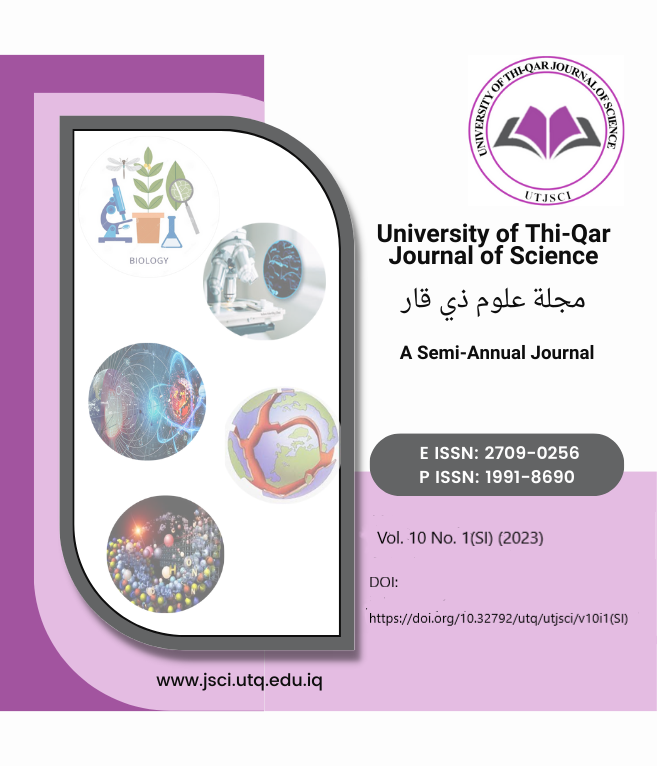Structure, Process and Outcome Evaluation of Central Public Health Laboratory Performance About Neonatal Screening Program in Karbala in 2022
DOI:
https://doi.org/10.32792/utq/utjsci/v10i1(SI).962Keywords:
neonatal screening, congenital metabolic disorders, rare diseases, dried blood spot screeningAbstract
Background: Neonatal screening is a preventive medical act aims to early detecting neonates affected by
specific disorders that endanger their lives or cause long-term health problems and require prompt intervention. This can
result in significant reductions in morbidity, death, and related costs and disabilities. The panel of neonatal screened disorders
has been gradually expanded. Expansion has been empowered with the introduction of tandem mass spectrometry, which
allowed for the screening of up to 40–50 diseases with a single blood spot. Part of the implementation of neonatal screening
program must include, just like any other program, monitoring and evaluation task in order to identify difficulties
or barriers to improve procedures and methodologies. This study aimed to evaluate the Central Public Health Laboratory/
Karbala Directorate of Health performance in Neonatal Screening program. Method: The evaluation method has been
carried out in Holy Karbala Governorate for the period between the first of September 2021 and the end of June 2022
using a check list of standards taken from the National Guideline for Newborn Screening for Care Providers in
Primary Health Care Centers in Iraq. This was to evaluateCentral Public Health Laboratory by meeting the manager employee and evaluate theCentral Public Health Laboratory room.
Downloads
Published
Issue
Section
License
Copyright (c) 2023 University of Thi-Qar Journal of Science

This work is licensed under a Creative Commons Attribution 4.0 International License.













